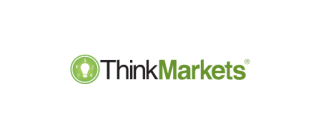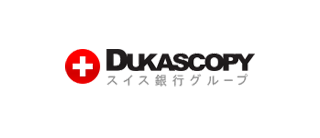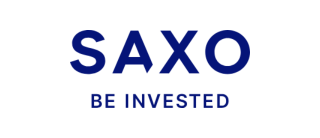When it comes to financial services, understanding the regulatory framework is essential for both businesses and clients. The PIPWISE Regulatory Framework plays a crucial role in ensuring that companies adhere to specific standards while providing protection for their clients' funds. This framework outlines the requirements for licensing, the importance of oversight, and the measures taken to safeguard client assets.
\nLicensing Overview
The licensing process within the PIPWISE framework is designed to ensure that only qualified entities can operate in the financial market. Companies seeking a license must meet stringent criteria, which include demonstrating financial stability, proper management structure, and compliance with relevant laws. This initial step is vital as it sets the foundation for trust between the company and its clients. A licensed entity signifies that it has met the necessary benchmarks to handle client funds responsibly.
Oversight Mechanisms
Once licensed, ongoing oversight is critical to maintain the integrity of the system. PIPWISE implements regular audits and inspections to ensure that companies continue to comply with regulations. These oversight activities help detect any irregularities early, preventing potential risks to client funds. By maintaining transparency and accountability, oversight mechanisms reinforce the reliability of the financial service providers operating under the PIPWISE framework.
Client Fund Protection
One of the most important aspects of the PIPWISE framework is the protection of client funds. Companies are required to segregate client funds from their operational accounts, ensuring that these assets are kept safe and separate. In addition, insurance mechanisms may be in place to further protect funds in case of unforeseen circumstances. These protective measures give clients peace of mind, knowing that their money is secure when entrusted to a regulated entity.
Compliance and Accountability
Compliance with the PIPWISE Regulatory Framework also involves maintaining high ethical standards and being accountable for actions. Companies are expected to have clear policies in place regarding how they manage client funds and handle transactions. Regular training and updates on regulatory changes are provided to ensure that employees understand their roles in upholding these standards. This commitment to compliance fosters an environment where trust between the company and its clients can flourish.
Conclusion
The PIPWISE Regulatory Framework provides a comprehensive approach to licensing, oversight, and client fund protection. By adhering to these standards, companies can build credibility and provide a secure financial environment for their clients. As clients become more informed about these processes, they can make better decisions when choosing financial service providers, ultimately leading to a stronger and more trustworthy financial ecosystem.













